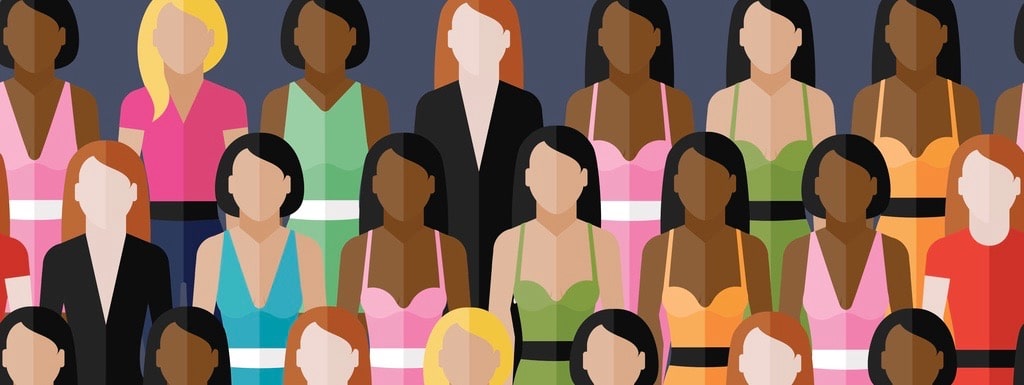Consumers believe brands have a role in breaking gender stereotypes in digital ads, according to a new survey from programmatic ad platform Choozle. The firm’s recent Gender Stereotyping in Advertising survey found that 36 percent of respondents like a brand more when it runs advertisements that break stereotypes, and 25 percent of respondents said they are more likely to make a purchase from that brand.
In addition, colors, fonts, images, words and phrasing within advertisements create a connection between the creative aspects themselves and the reinforcement of gender stereotypes. Sixty percent of survey respondents agreed that colors and fonts in ads promote certain gender stereotypes, and 75 percent agree that words and phrasing in ads can also play a part in promoting a certain stereotype.
“The increase of personalization with the help of third-party data has created an increase of gender bias in digital advertising,” said Andrew Fischer, CEO and co-founder of Choozle, in a news release. “With the increase of acknowledgement of gender stereotypes and representation we, as an industry, should strive to create an inclusive ad experience that meets the consumers’ needs.”
The survey revealed many things regarding the use of gender stereotypes in digital advertising. For example, some consumers do not mind gender-exclusive representation in advertising, as they prefer to buy products exclusively for their gender. In contrast, there are some consumers that believe it is important to break these stereotypes and would prefer buying from a brand that is more progressive as they relate to genders.
Brands breaking stereotypes
While some consumers will react positively to brands actively breaking gender stereotypes, there is an even larger segment of consumers who will not be affected.
- 44 percent of respondents said when it comes to their feelings about a brand, they are not impacted by advertisements that aim to break stereotypes.
- 50 percent of males are more likely to experience no impact from a brand trying to break a stereotype, compared to 38 percent of women.
- 36 percent of respondents said they like a brand more when it runs advertisements that break stereotypes.
- 25 percent of respondents said they are more likely to purchase from that brand.
Ad industry’s role
Consumer opinions are mixed on whether the ad industry should be held responsible for breaking gender stereotypes. However, more than a third of respondents don’t feel strongly either way.
- 37 percent of respondents agree that the advertising industry has a responsibility not to use gender stereotypes.
- 27 percent of respondents think the industry doesn’t have a role in gender stereotypes.
Ad copy vs. creative
Colors, fonts, images, words, and phrasing create a connection between the creative aspects and the reinforcement of gender stereotypes.
- 60 percent of respondents agreed that colors and fonts in ads promote certain gender stereotypes.
- 80 percent of respondents agreed images in an ad promote gender stereotypes.
- 75 percent of respondents agreed words and phrasing in ads can also play a part in promoting a certain stereotype.
The survey revealed it is important for brands and advertisers to take into consideration gender representation and stereotypes in targeting and creative strategies. There are many products that could be used for either male or female. For brands that aren’t gender exclusive, they should consider a message and creative style that appeals to both without portraying that it really should be just for females or just for males.
The survey examined the relationship between digital advertising and gender stereotypes by surveying 500 consumers—250 females, and 250 males—to glean their opinions.




